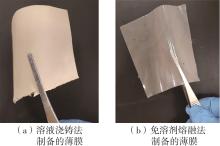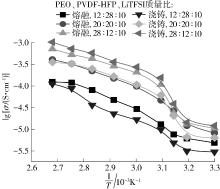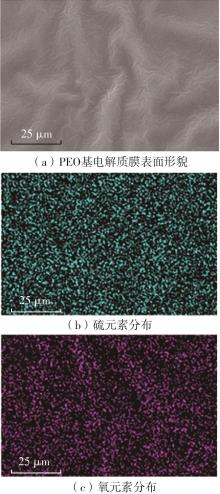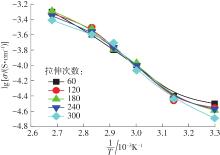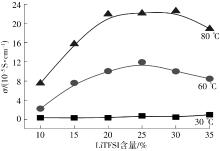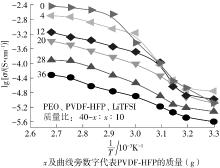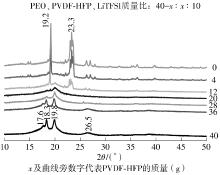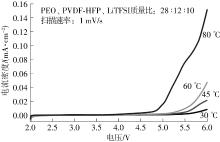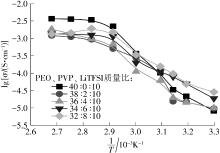Journal of South China University of Technology(Natural Science Edition) ›› 2022, Vol. 50 ›› Issue (8): 119-127.doi: 10.12141/j.issn.1000-565X.210805
Special Issue: 2022年材料科学与技术
• Materials Science & Technology • Previous Articles Next Articles
Preparation of PEO-Based Solid Polymer Electrolyte Membranes via Solvent-Free Melting and Properties of the Product
ZHANG Guizhen,LIU Yang,YAN Mingbao
- National Engineering Research Center for New Polymer Molding Equipment / Guangdong Provincial Key Laboratory of Technique and Equipment for Macromolecular Advanced Manufacturing / Key Laboratory of Polymer Processing Engineering of the Ministry of Education,South China University of Technology,Guangzhou 510640,Guangdong,China


